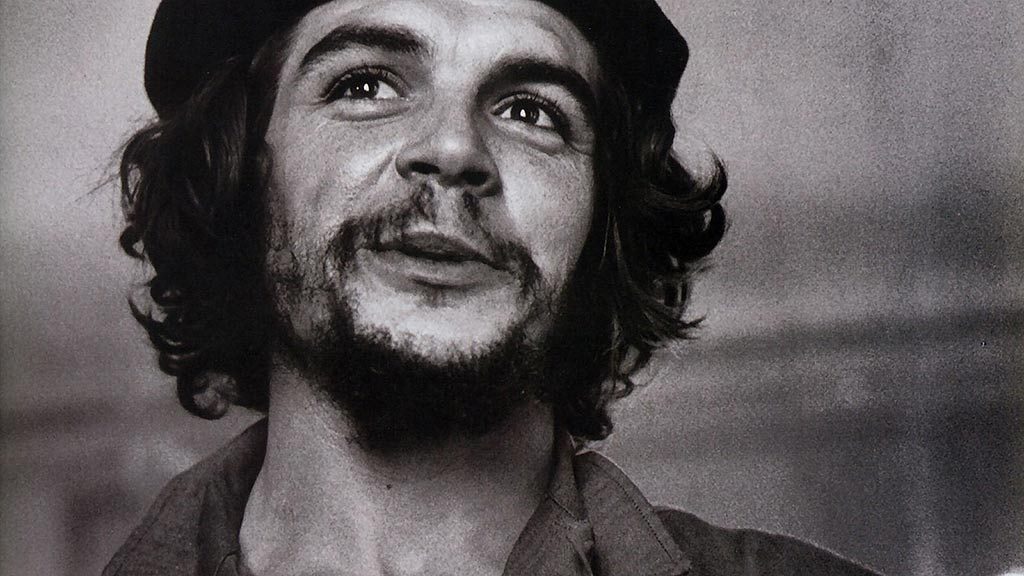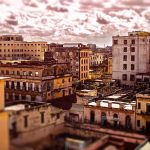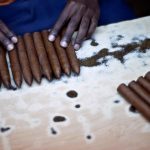A Castle, Cannons, Che and Hemmingway … Exploring Cuba with Pedro the Taxi Driver
Dr Anne Small continues on her South American and Rio Olympics tour ….
Pedro Saves The Day
The trip to the limestone caves at Vinales didn’t arrive. Do not use Travel Cuba for any tours in Cuba! The guide on the first day was very pleasant but we saw hardly anything of Havana – she didn’t even know the population of Havana.
Cubatour organised Pedro, a 55-year-old taxi driver, to take us on a tour of Havana. He was great and I will put his details on Trip Advisor. He drove us through China Town – “not many of them left”, past the very large cemetery with its bright yellow walls and many mausoleums, through the poor areas so we could see how most people lived. He drove us down to La Terraza on the coast to the famous small hotel where Ernest Hemingway wrote “The Old Man and The Sea”.
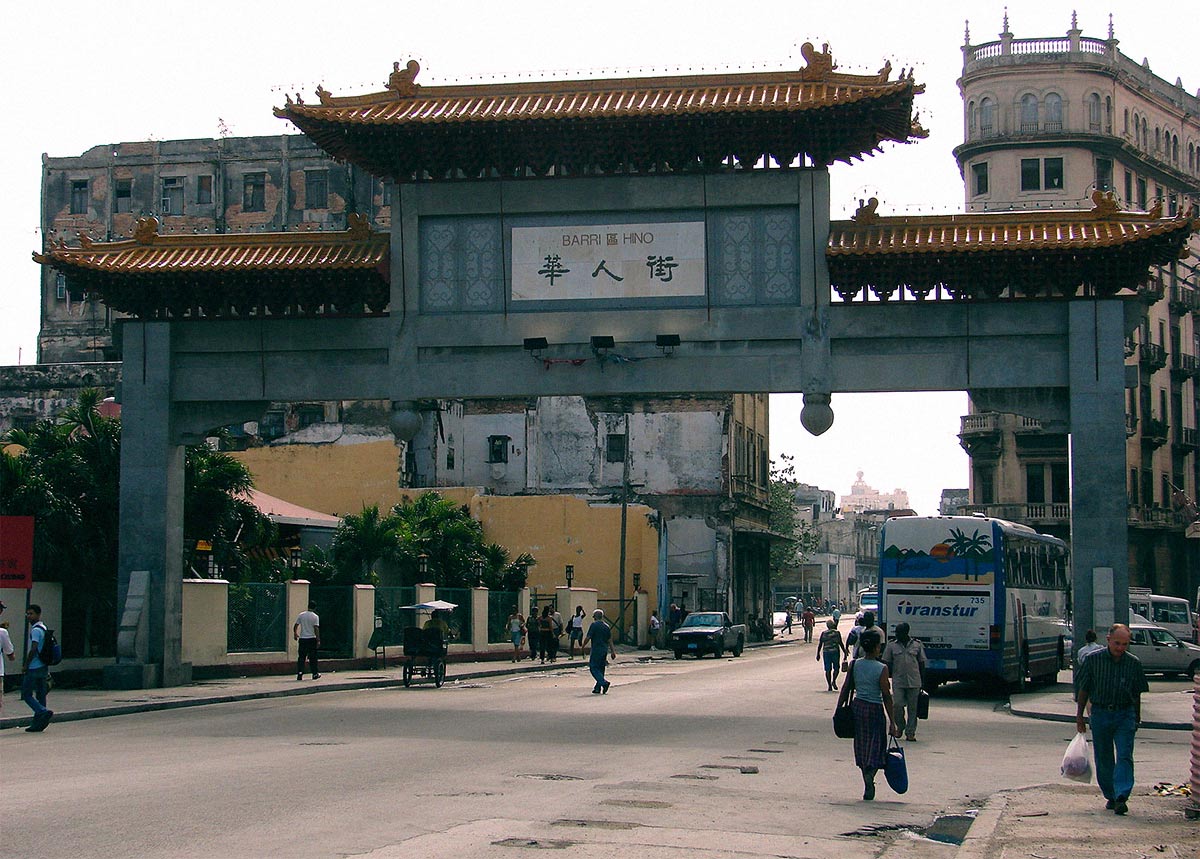 The paifang at the entrance of Havana’s Chinatown
The paifang at the entrance of Havana’s Chinatown
He warmed to us – as one person had said ‘they wait to be your friend’ – and took us to his daughter and her family’s home. The homes in this area look like homes in Cairns/Darwin – wire fence, rectangles, single story, tiled outside patio. They gave us a cup of the best Cuban coffee! – espresso with sugar like Turkish coffee but not as thick. His son-in-law Raoul was to be our driver and his delightful granddaughter Claudia came as his interpreter. Claudia is a 24-year-old gifted music teacher who had to leave Cuba to find a better job in Mexico and sends money home to help her family. They took us to dinner before we walked to the cannon being shot at 9pm at El Morro Castle. The restaurant was lovely and the only one in the world that has a chook resting in a bowl in the middle of the outside area with her two adolescent chicks wandering around getting fed (by people like me).
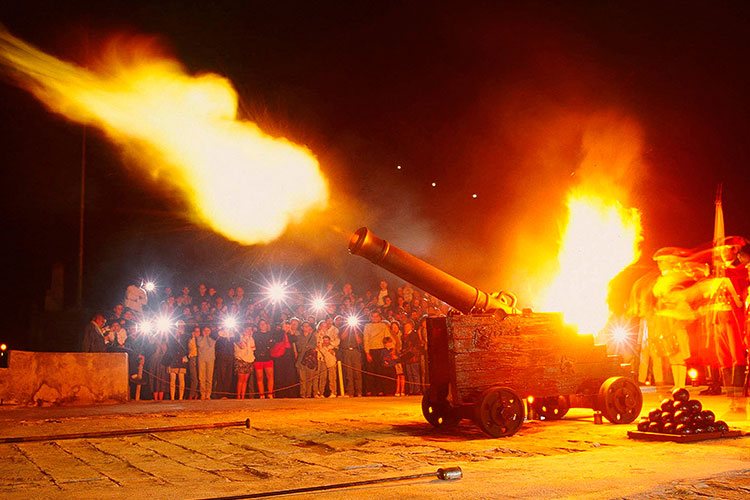
The cannon ceremony at El Morro Castle in Havana
The ceremony at El Morro was fun – ‘British solders’ marching up to the wall and lighting the cannon which makes a very loud noise. The castle is amazing – two drawbridges, two huge moats, many well-kept halls and rooms – a must – I think it is on par with the walled city of Dubrovnik in Croatia.
Today’s lessons about Cuba: –
- Many people (one of our guides said around 70%) practice Voodoo! Our first guide was showing us photos that her photographer boyfriend had taken and there was one of a real dead sheep’s head placed on a rock at the beach. Pedro explained that an increasing number of people were embracing Voodoo because their lives are so poor – “You can work full time and still be poor.” We saw two shops/homes with Voodoo statues in them.
- “People do things slowly in Cuba” another person told us – yes, it takes a while to get your coffee and then your bill, but the best/worst was seeing a ‘not happy Jan’ couple in the tourist office sitting at the empty car rental desk. They explained that the operator had gone to lunch while in the middle of serving them and would be back in half an hour.
- We were told a lot of people are out of work, some don’t have enough food. Pedro corrected our initial information – people are sold food/rice at a cheaper price by the Government, not given food, as we were initially told. I couldn’t quite understand Pedro but I think he was saying that people believe in the Revolution, the idea of communism ie everyone being equal. Our dinner companion the first night had said that people felt anxious/not keen to work for higher wages.
- Che Guevara – the Revolutionary – ‘Che’ means friend/amigo.
Dr Anne Small





